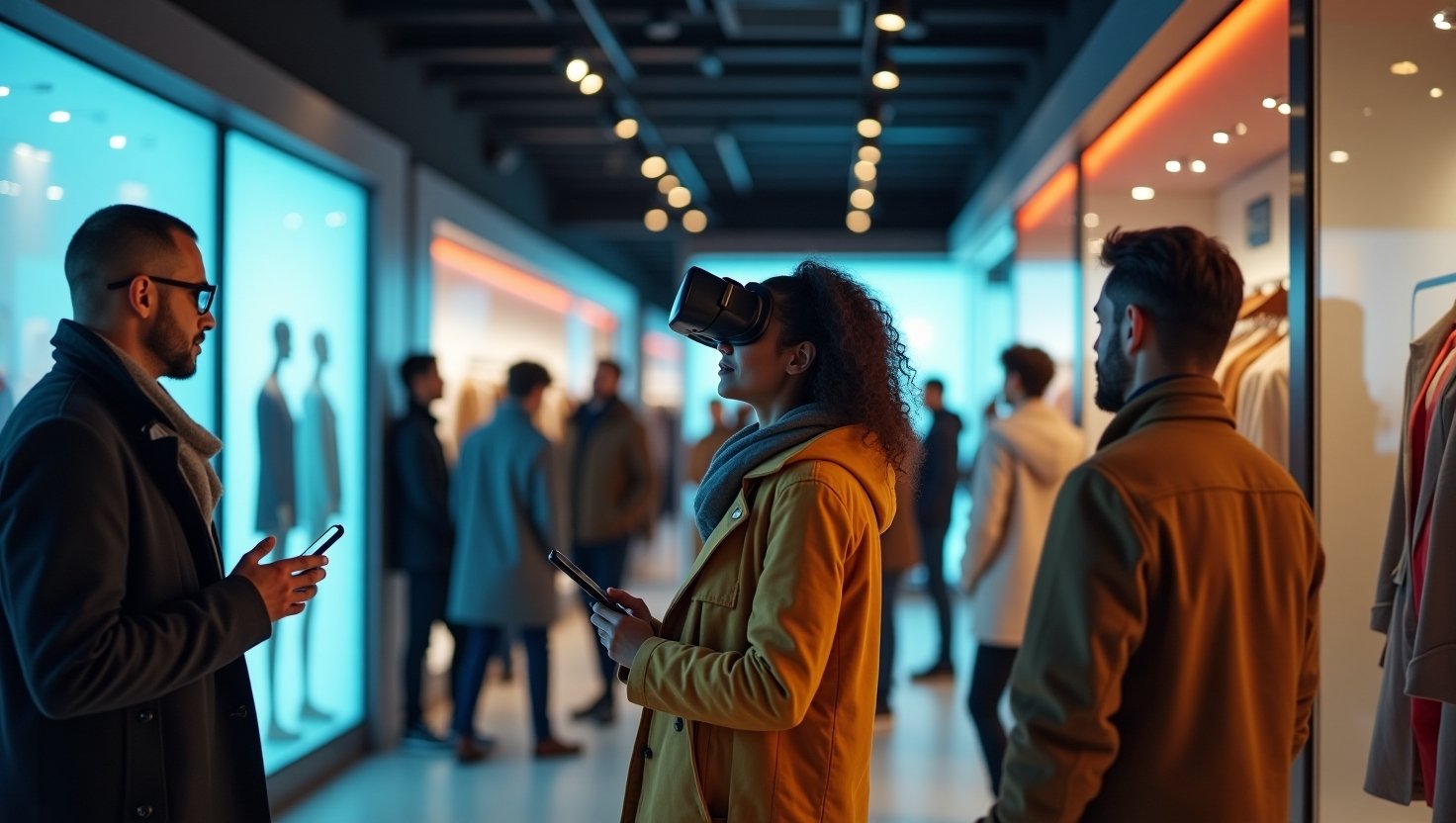Harnessing AI: Unlocking the Next Wave of Consumer Trends
The adoption of artificial intelligence (AI) technologies in consumer markets is pivoting industries towards a future replete with innovative possibilities. AI’s transformative power is reshaping consumer behavior, influencing shopping habits, and enabling retailers to adapt with unprecedented agility. With emphasis on Consumer Trends AI, understanding this evolution remains pivotal for businesses poised to thrive in the new digital age.
Understanding AI’s Role in Shaping Consumer Behavior
AI’s role in the tapestry of modern retail is akin to a transformative force, much like how the Gutenberg printing press reshaped information dissemination in the 15th century. Today, AI platforms analyze vast consumer datasets to unveil deep AI insights into purchasing patterns and preferences. These insights are propelling the next wave of consumer trends, where data-driven personalization meets consumer expectations for tailored experiences.
Retailers are now witnessing a paradigm shift from mass-market approaches to highly individualized marketing strategies. According to experts from Simon-Kucher highlighted in a Retail Dive podcast, AI, combined with the influence of social media influencers, is significantly changing how consumers make purchasing decisions, asserting that adapting to these trends can foster market growth.
Market Analysis: AI-Driven Transformation
Delving into the market analysis, retailers must recognize the dual impact of AI and social influencers. Influencers act as conduits of brand communication, while AI tools analyze influencer campaigns’ effectiveness, thereby refining future strategies. Retail giants like Walmart have embraced AI-powered innovations to enhance shopping experiences, such as app-driven item location services and AI assistants (like Sparky) recommending products based on consumer behavior during holiday seasons. Notably, in-store app users reportedly spend 25% more than those who shop without app assistance (source: Retail Dive).
Moreover, AI’s role extends beyond direct consumer interaction to backend operations like supply chain management and inventory forecasting, enhancing overall efficiency and cost-effectiveness. By leveraging predictive analytics, retailers can ensure optimal inventory levels, reducing the cost associated with unsold stock and lost sales opportunities.
Future Implications and Forecasts
The future landscape of retail, heavily influenced by AI, projects a continuously evolving consumer interface where predictive analytics and machine learning play central roles. As AI technologies advance, businesses must anticipate a future where AI not only predicts consumer demands but also proactively shapes them. Retailers that embrace these insights are well-positioned to lead the way in customer satisfaction and market competitiveness.
Forecasting suggests that by 2030, AI could contribute up to $15.7 trillion to the global economy, as highlighted by several technological forecast reports. As businesses prepare to harness AI’s potential, they must focus on ethical AI practices, ensuring transparency and consumer trust in AI-driven engagements.
In conclusion, as AI continues to lockstep with consumer trends AI, businesses must remain agile, adaptive, and forward-thinking. By synthesizing AI insights with human creativity, the retail industry stands on the cusp of revolutionary consumer engagement, driving not just sales but profound consumer loyalty as well.
For deeper insights, consider exploring Simon-Kucher’s podcast on these evolving trends.










